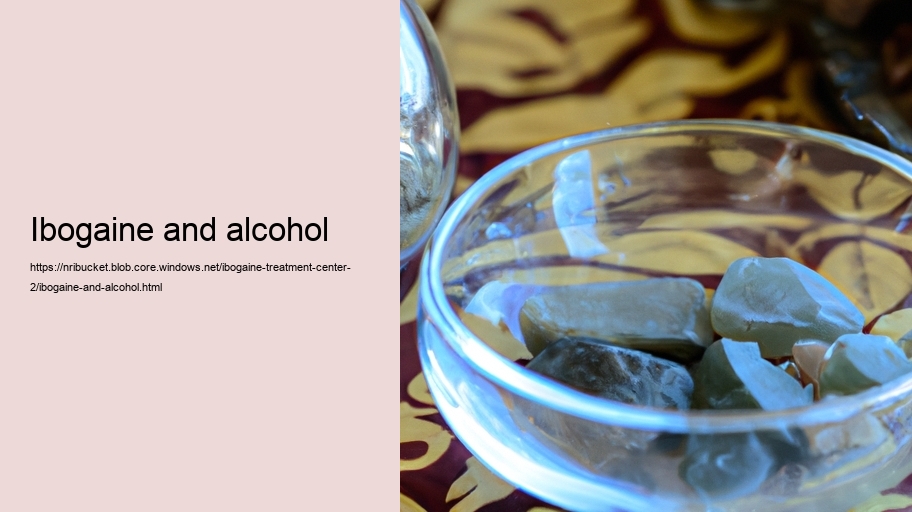Title: Ibogaine and Alcohol: Exploring the Complex Interaction
The intricate dance between ibogaine and alcohol within the human body is a subject of profound complexity, marked by layers of psychological and physiological interactions that have intrigued scientists and substance-abuse specialists alike. Ibogaine, a psychoactive compound derived from the root bark of the African shrub Tabernanthe iboga, has been historically used in ritualistic ceremonies but has recently garnered attention for its potential in treating addiction, including alcohol dependence.
To delve into this topic, we must first understand what ibogaine is and how it affects the human brain. Ibogaine acts upon several neurotransmitter systems simultaneously; it primarily targets the serotonin transporter but also affects other systems such as dopamine, opioid receptors, and glutamate. This wide-ranging impact on neurotransmission can significantly alter mood, perception, and behavior - factors deeply entwined with addiction's grip on individuals.
Alcohol dependency is a pervasive issue worldwide; it ensnares people in a destructive cycle of tolerance and withdrawal that can be incredibly challenging to break free from. Alcohol operates by enhancing the inhibitory effects of GABA (gamma-aminobutyric acid) neurotransmitters and diminishing excitatory glutamate signaling. This dual action results in the sedative effects commonly experienced during intoxication. Chronic consumption leads to neuroadaptations that contribute to physical dependence and addiction.
The intersection of ibogaine's properties with alcohol dependency has opened up avenues for potentially groundbreaking treatment methodologies. Anecdotal evidence suggests that ibogaine can reduce cravings for alcohol and interrupt patterns of abuse by essentially 'resetting' brain chemistry altered by addiction cycles. It may help normalize dysregulated brain pathways through its ability to modulate neurotransmitter activity.
However, this interaction is not without substantial risk or controversy. The administration of ibogaine itself carries significant dangers due to its capacity to induce intense hallucinogenic experiences as well as potentially life-threatening cardiac arrhythmias in vulnerable individuals. When considering individuals who are physically dependent on alcohol, these risks might be exacerbated due to possible acute withdrawal symptoms or synergistic effects impacting heart rhythm stability.
Given these considerations, controlled clinical research into ibogain's efficacy as an anti-addictive agent is critical before any formal recommendations can be made concerning its use alongside or as a treatment for alcoholism. Some studies have shown promise with reduced cravings among drug-dependent subjects following treatment with ibogain; however, similar rigorous research targeting alcohol specifically remains relatively scant.
Moreover, ethical concerns arise when discussing hallucinogenic substances like iboga for therapy purposes—given their powerful psycho-emotional effects—and necessitate cautious protocols ensuring informed consent while managing expectations realistically.
In conclusion, while there exists hopeful speculation about using ibogaine in combating alcohol dependency based on theoretical mechanisms of action and preliminary findings from related areas of addiction research, much remains unknown about this complex interplay. Careful scientific scrutiny will be key in untangling whether this controversial natural substance could offer genuine reprieve for those battling the throes of chronic alcohol abuse or if its hazards outweigh potential benefits—a question still lingering at the frontiers of psychopharmacology research today.
Ultimately though one thing remains clear: addressing substance abuse disorders demands multi-faceted approaches combining medical interventions with psychological support—there's no magic bullet solution when dealing with intricacies inherent within humanity’s relationship with addictive substances like alcohol.
